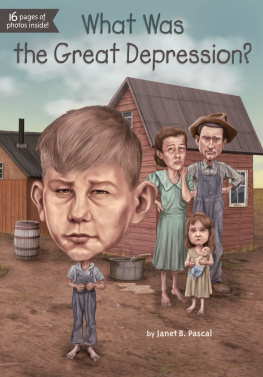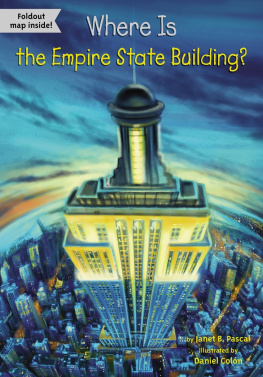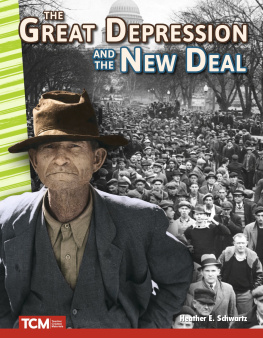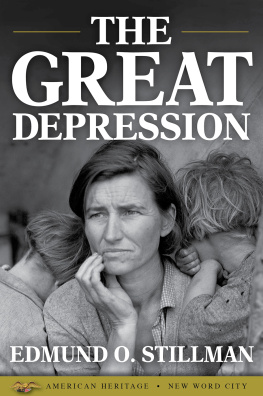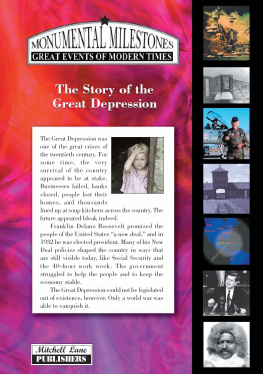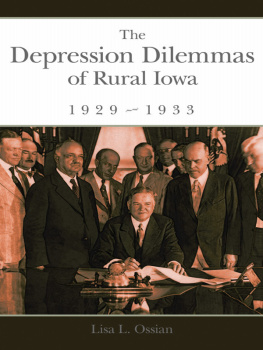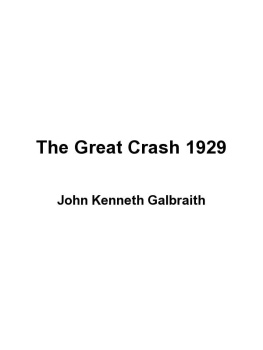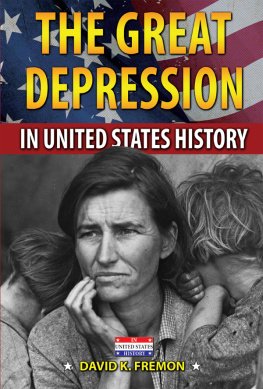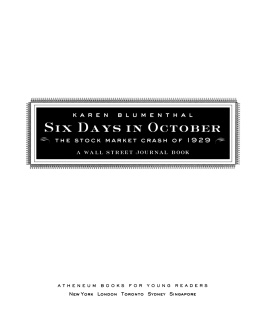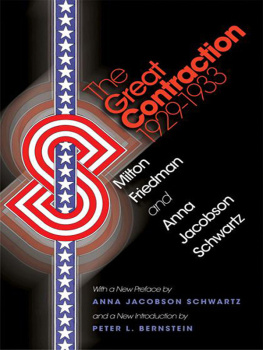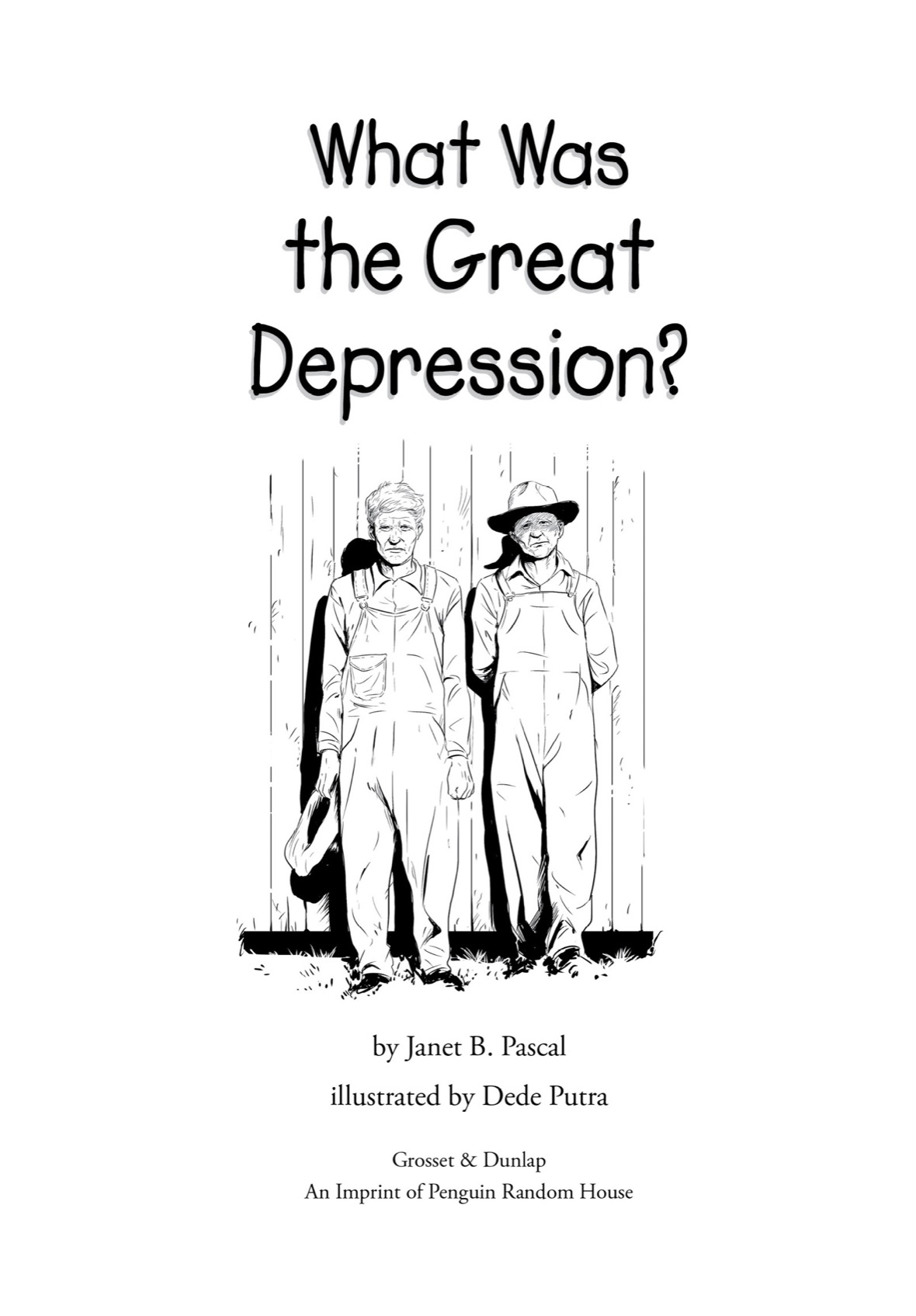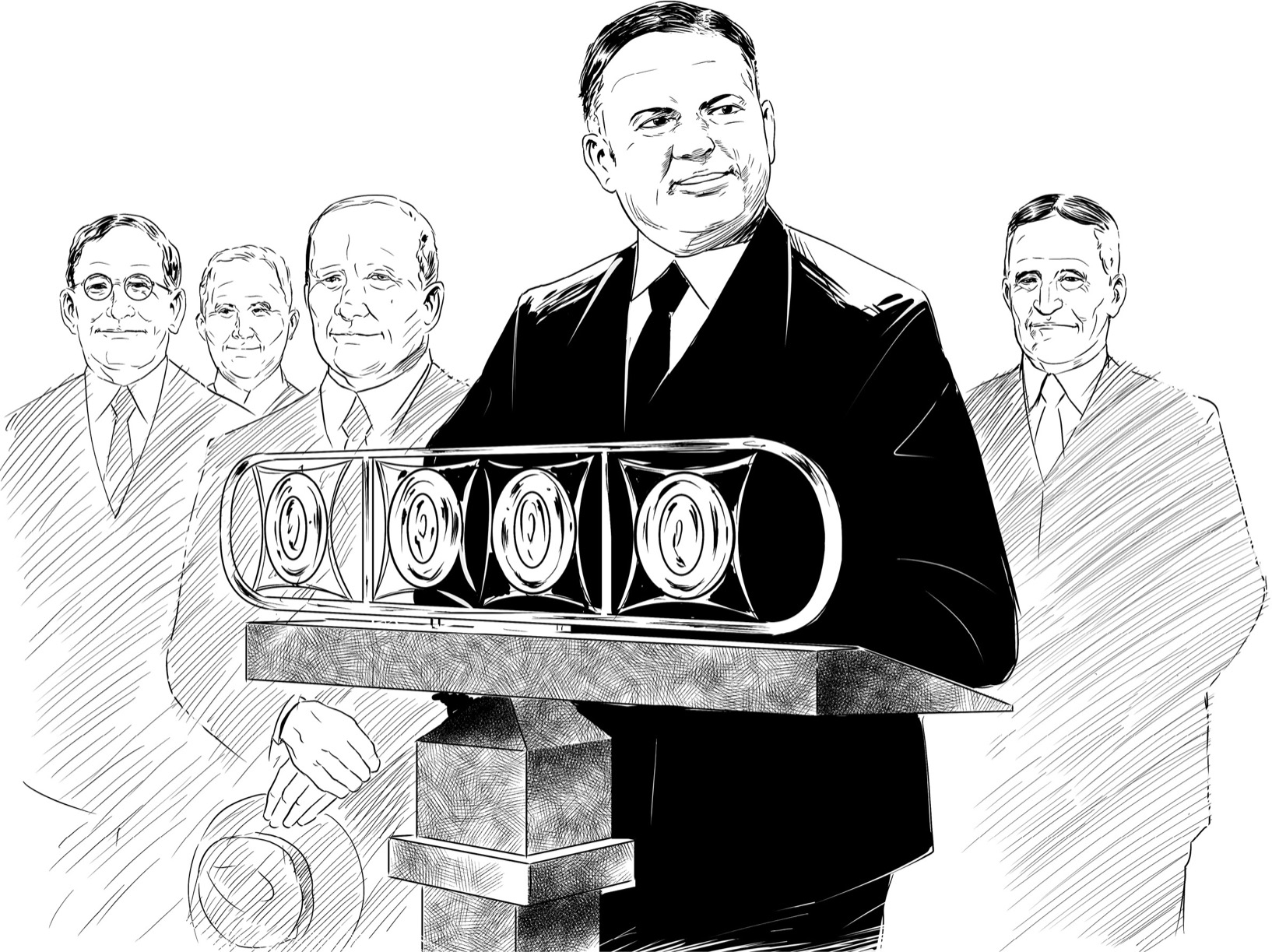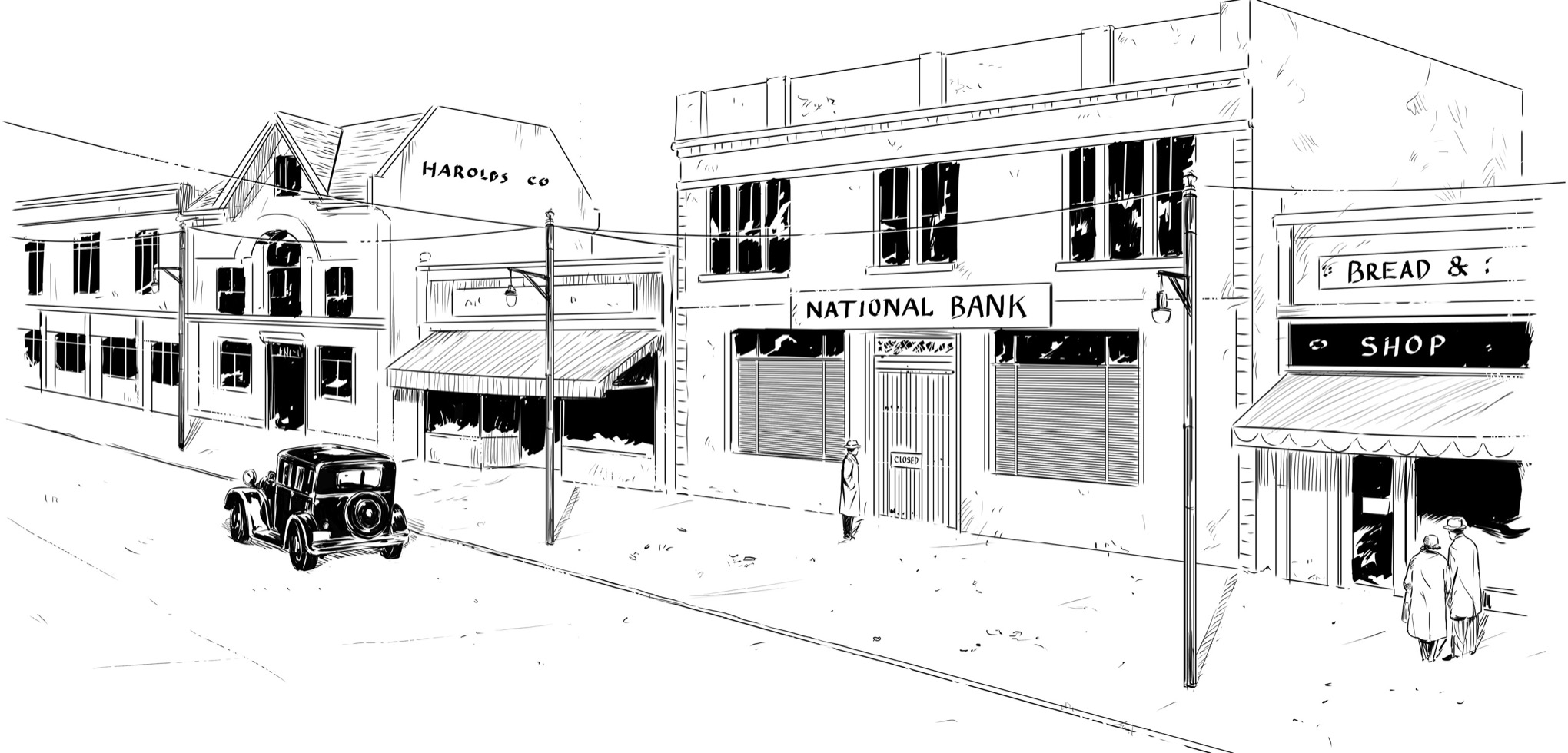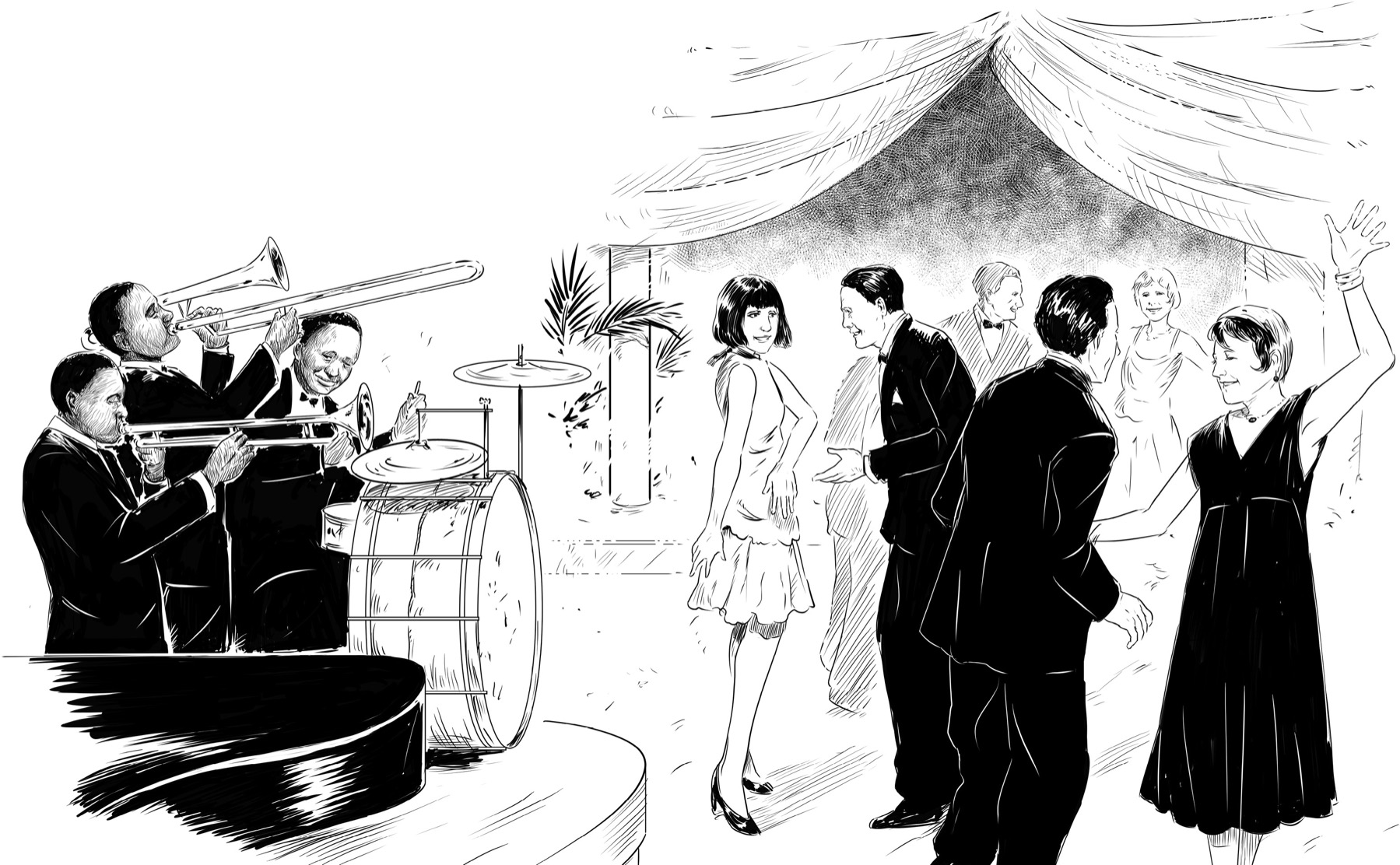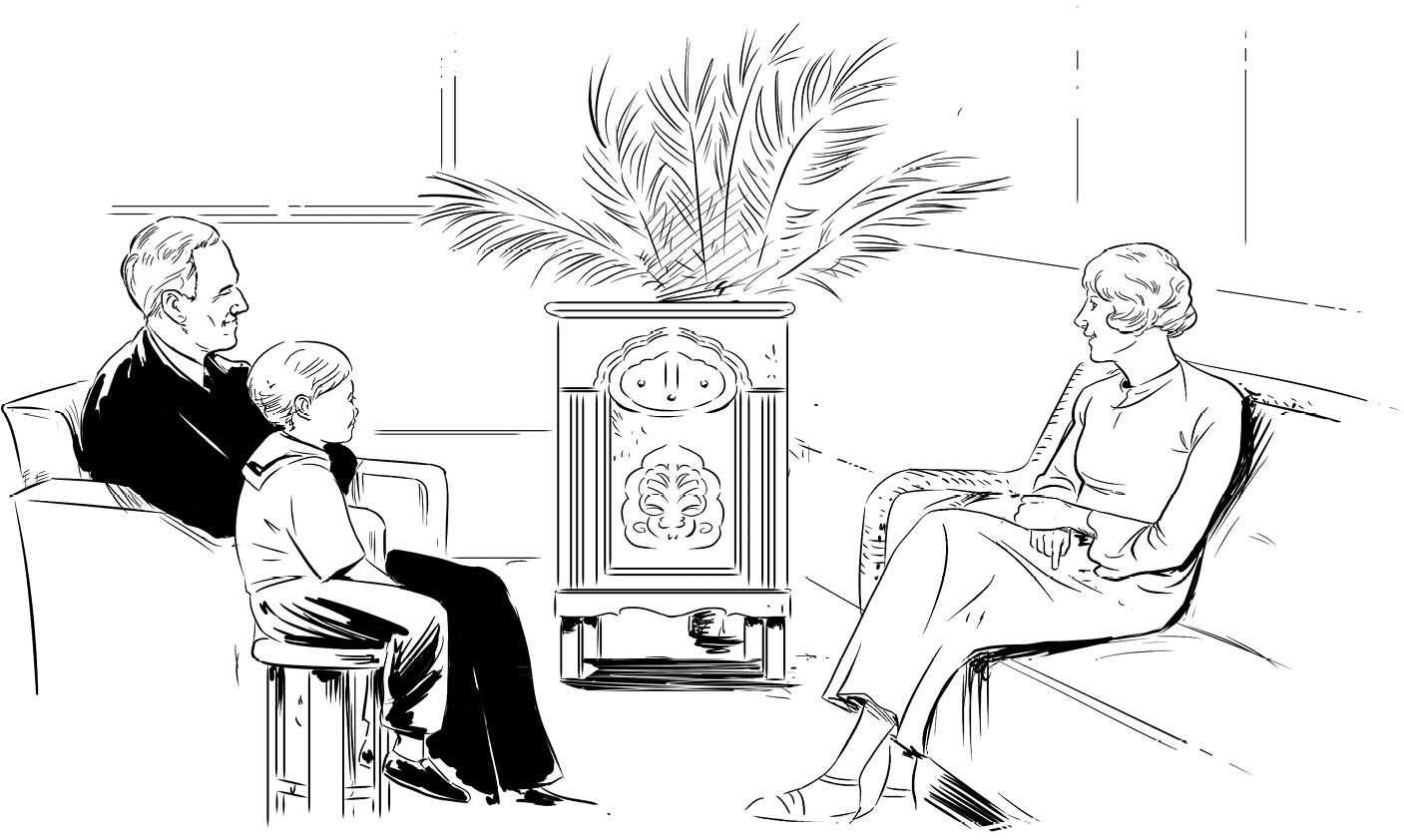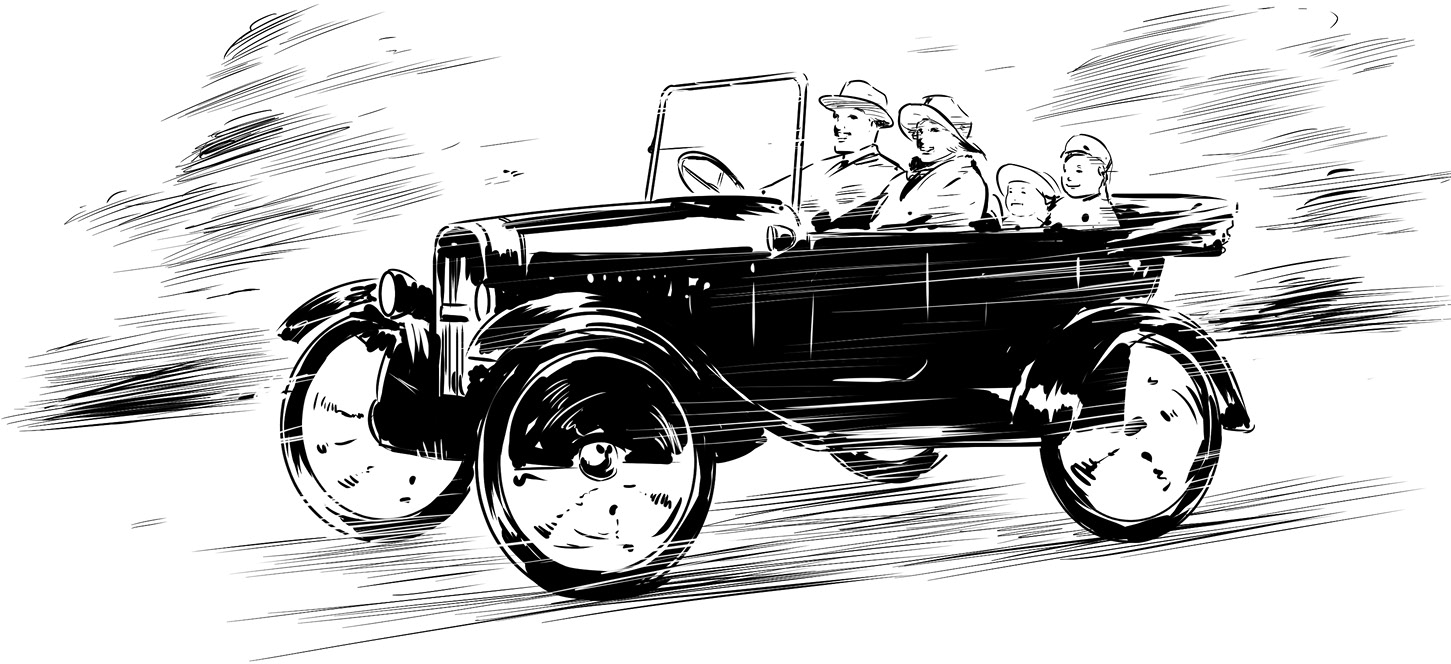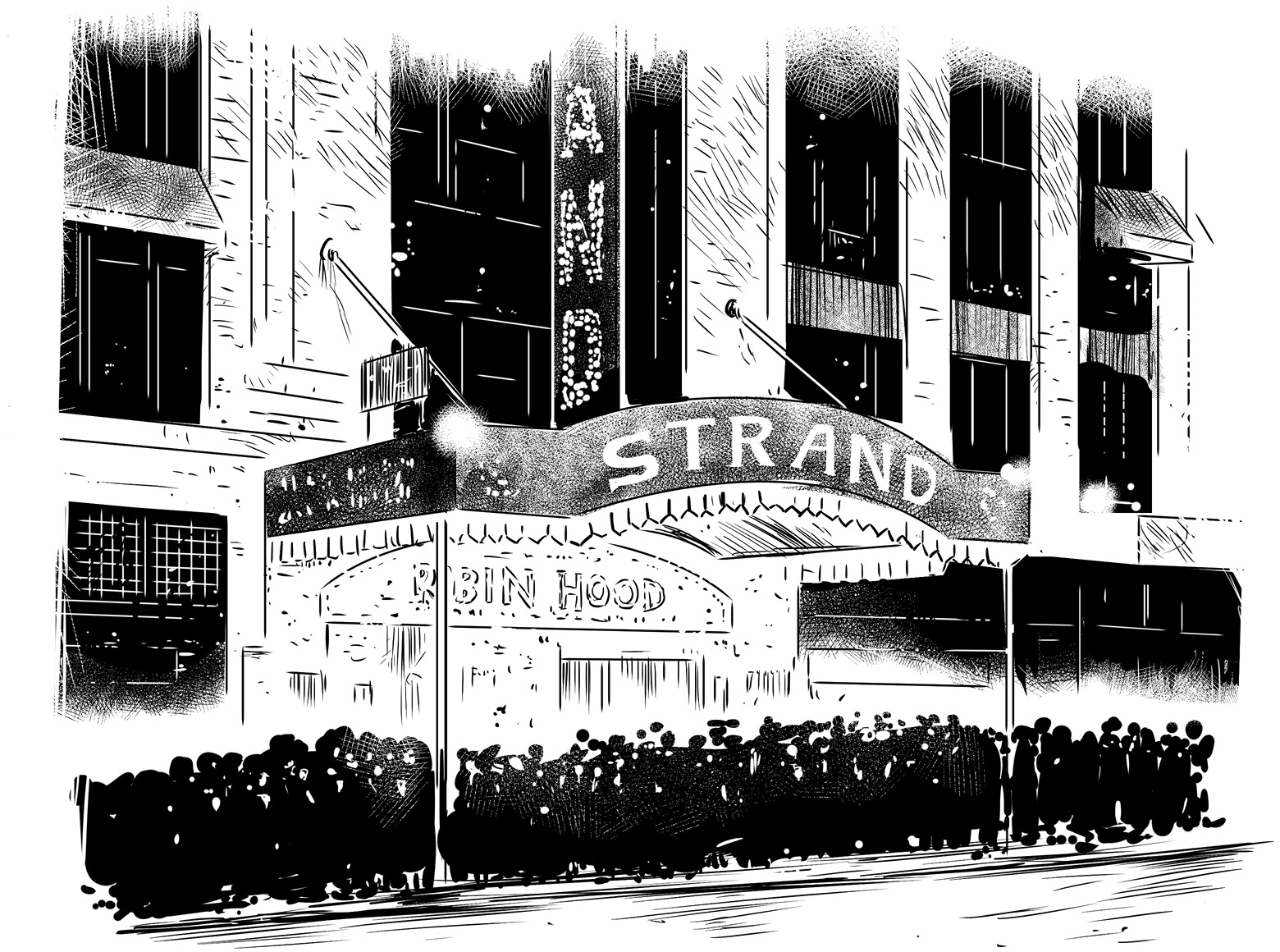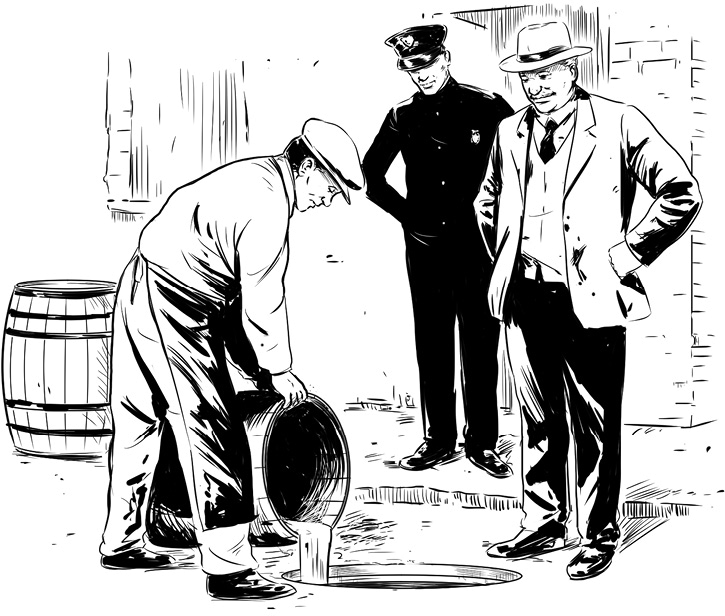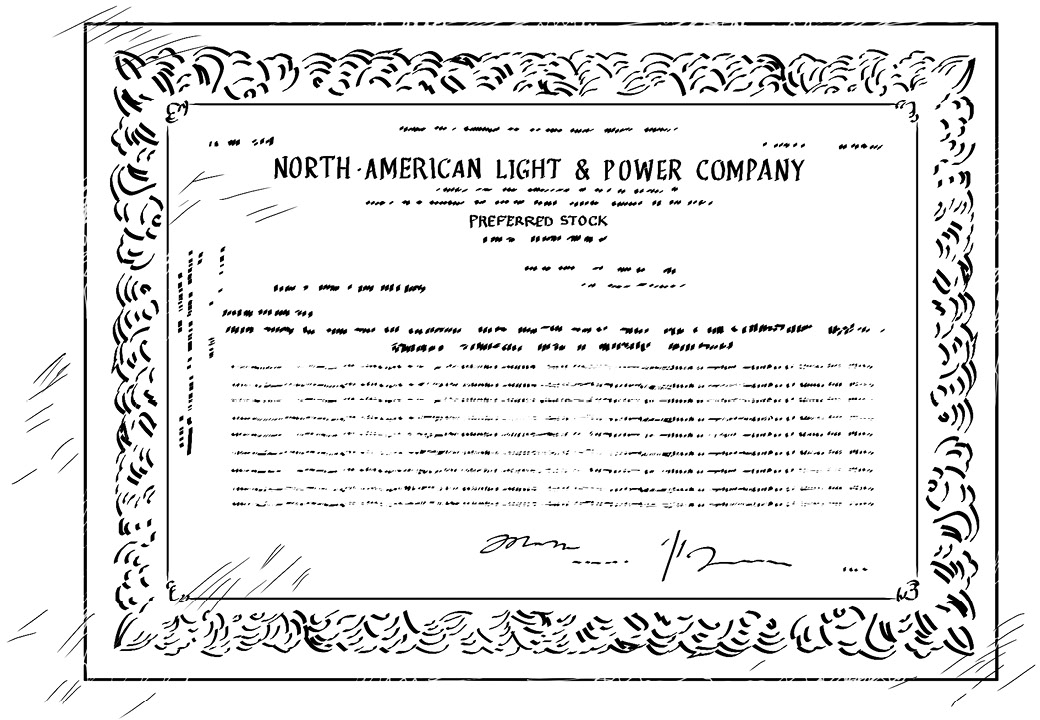To my grandpa Brenner, who, a few days before the banks failed, brought home all his money hidden in a manila envelope. We never found out whyJBP
Dedicated to my familyDP
GROSSET & DUNLAP
Penguin Young Readers Group
An Imprint of Penguin Random House LLC

Penguin supports copyright. Copyright fuels creativity, encourages diverse voices, promotes free speech, and creates a vibrant culture. Thank you for buying an authorized edition of this book and for complying with copyright laws by not reproducing, scanning, or distributing any part of it in any form without permission. You are supporting writers and allowing Penguin to continue to publish books for every reader.
The publisher does not have any control over and does not assume any responsibility for author or third-party websites or their content.
Text copyright 2015 by Janet B. Pascal. Illustrations copyright 2015 by Penguin Random House LLC. All rights reserved. Published by Grosset & Dunlap, an imprint of Penguin Random House LLC, 345 Hudson Street, New York, New York 10014. GROSSET & DUNLAP is a trademark of Penguin Random House LLC.
Library of Congress Cataloging-in-Publication Data is available.
ISBN 978-0-399-54013-4
Version_1
What Was the Great Depression?
In the fall of 1928, Herbert Hoover, future president of the United States, announced, We in America today are nearer to the final triumph over poverty than ever before in the history of any land. Most citizens agreed. Life was the best it had ever been. Only 4 percent of the population was unemployedfour out of every one hundred workers.
A little more than a year later, financial panic had taken over. The New York stock market crashed. Millionaires were ruined. Ordinary citizens lost everything.
The crisis spread from the stock market to the rest of the country. Banks and businesses closed. Peoples life savings disappeared. They lost their jobs and their homes. By 1933, one out of every four Americans was out of work. The crisis soon spread all over the world.
This period is called the Great Depression. It remains the worst financial disaster the modern world has ever known. All the money, goods, businesses, and workers that make a country run are called its economy. During the Great Depression, the economy broke down almost completely. To those living through it, it seemed like a bad dream that would not end. What had happened? How did the good times end so quickly?
CHAPTER 1
Time to Have Fun
The Roaring Twenties, the New Era, the Jazz Age... All the common names for the 1920s tell us that it was an exciting decade to be alive. The horror of World War I was past. The world was at peace. Everyone was earning money, and it was time to have fun.
Electricity and telephone lines were linking more and more places. Labor-saving devices that made daily life easier were suddenly everywhere. Automobiles were cheap enough that middle-class families could own them. Roads sprang up all over. Suddenly the whole country was open to anyone with a car. People opened their newspapers every day and saw ads urging them to go out and spend, have fun. Families all over the country enjoyed the same radio shows and movies. Most cities had huge, fancy movie palaces where audiences could feel like royalty.
More and more people were moving to the cities. When World War I started, over half of the population in the United States lived in the countryside. By the end of the twenties, nearly six out of every ten people lived in cities.
Prohibition
In 1920, the United States government made it illegal to sell alcoholic drinks. This law was called Prohibition. But it didnt stop people from drinking. During the Roaring Twenties, it became fashionable to go to illegal bars called speakeasies. People who made or smuggled drinks were called bootleggers. The power of bootleggers during Prohibition led to the rise of gangster organizations like the Mafia. During the Depression, many people survived by becoming bootleggers. Politicians, such as Franklin Delano Roosevelt, who wanted to end Prohibition were known as wets.
It was an exciting new time, full of places to go and products to buy. People could pay for things in a new wayeasy credit. Before this, most Americans had believed that borrowing money was wrong. In any case, it was hard for anyone who was not rich to get a loan from a bank. But now it became very easy to borrow. People bought fancy new washing machines and vacuum cleaners by putting down a small amount of money. They promised to pay off the rest a little bit every month. The 1920s were the era of buy now, pay later.
Buy now, pay later didnt just apply to radios and vacuum cleaners. People also bought stocks with borrowed money.
Stocks had been around for a long time. Basically they work like this: An investor buys a number of shares in a company such as Microsoft. Now he owns a small part of the company. When it does well, the value of the shares rises. When it does badly, the shares are worth less. If the company fails, they are worth nothing. The shares value changes constantly, and shares can be sold at any time for whatever they are worth at that moment. People hoped to discover a company before it was well known. Then they could buy its stock cheaply. If the company became very successful, the value of the shares would shoot up, and a lucky investor could make a fortune.
In the 1920s, the stock market was an exciting place. The value of stocks kept going up and up. It looked like a way of gambling where everybody could win. Even people who didnt know anything about business wanted to try their luck. The most important place where stocks were bought and sold was on Wall Street in New York City.

